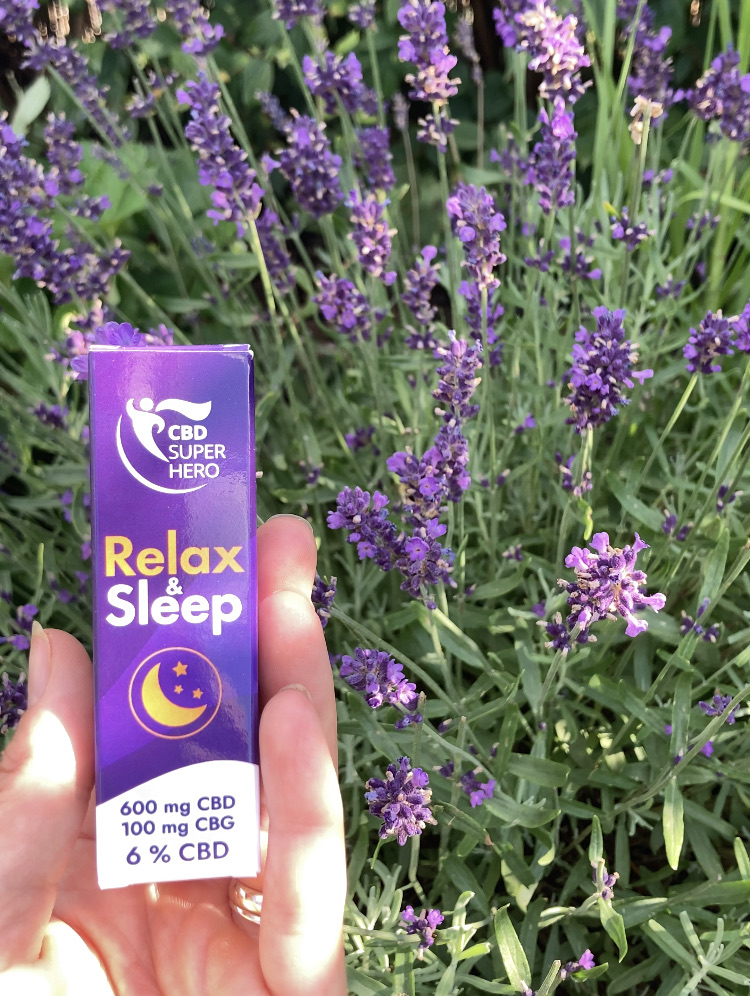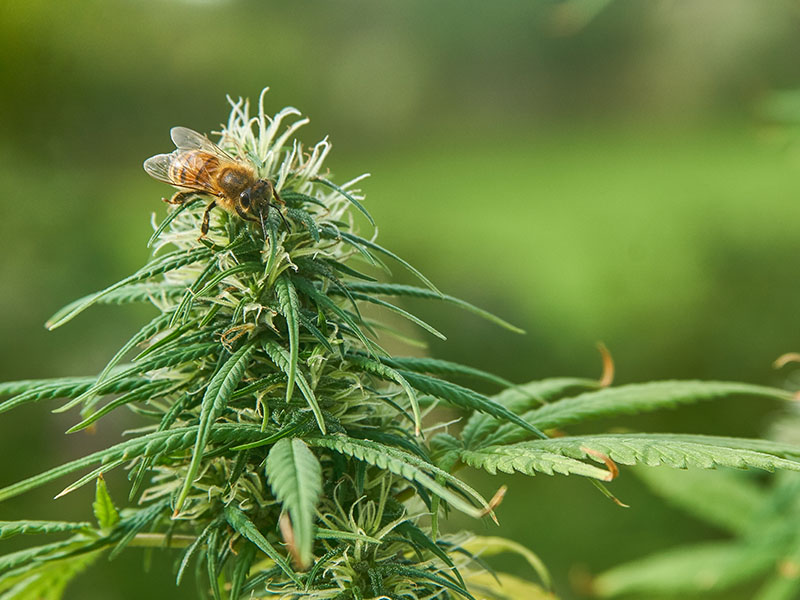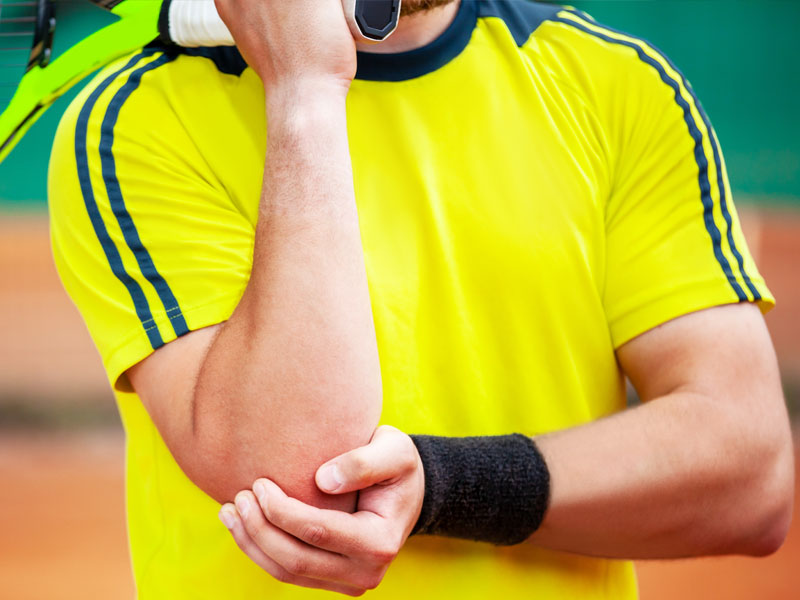
Pain is a complex sensation that can significantly impact our quality of life, and finding effective ways to manage it is a constant pursuit in the medical field. One area of growing interest is the use of cannabinoids, compounds found in cannabis plants and within our bodies, which have shown promise in modulating pain in various ways. In this article, we will explore how cannabinoids interact with the nervous system to combat pain and why they hold potential for future pain management therapies. Peripheral...

...

...

...

Slyšeli jste někdy pojem „dirty greens“ a „clean greens“? Každý rok publikuje EWG (Environmental Working group) seznam 12 potravin, které obsahují nejvyšší obsah reziduí pesticidů. Některé potraviny – například špenát, jablka, celer a brambory obsahují značný podíl reziduí, které pak konzumujeme. Na rozdíl od bavlny či lnu, na které se podle...

Bolest hlavy patří k nejběžnějším zdravotním indispozicím. Někdy jsou bolesti mírné a dá se při nich normálně fungovat, jindy jsou přímo nesnesitelné a přecházejí do vleklé a pravidelné podoby, kterou známe jako migrénu. Mezi její nejčastější příčiny patří stres, únava, ale může indikovat také vážnější potíže. Jak migrénu poznáte a co na...

Každou noc se převalujete ze strany na stranu jako ryba na suchu a ne a ne zabrat. Je to vždy ten stejný scénář, který končí tím, že usnete vyčerpáním až nad ránem, dokud vás nevzbudí nemilosrdné zazvonění budíku. Je vám to povědomé? Pak vězte, že nemusíte být odsouzeni bezesným nocí a sami můžete pomocí jednoduchých změn přispět k obnovení kvalitního...

Tenisový loket, nechvalně známé onemocnění, jehož příčinou jsou opakované stereotypní a jednostranné pohyby, při kterých dochází k přetížení šlach. Ačkoli by název napovídal, že se tenisový loket týká pouze sportovců, opak je pravdou. Trpí jím nezřídka i lidé pracující v kanceláři. Nejméně postiženou...